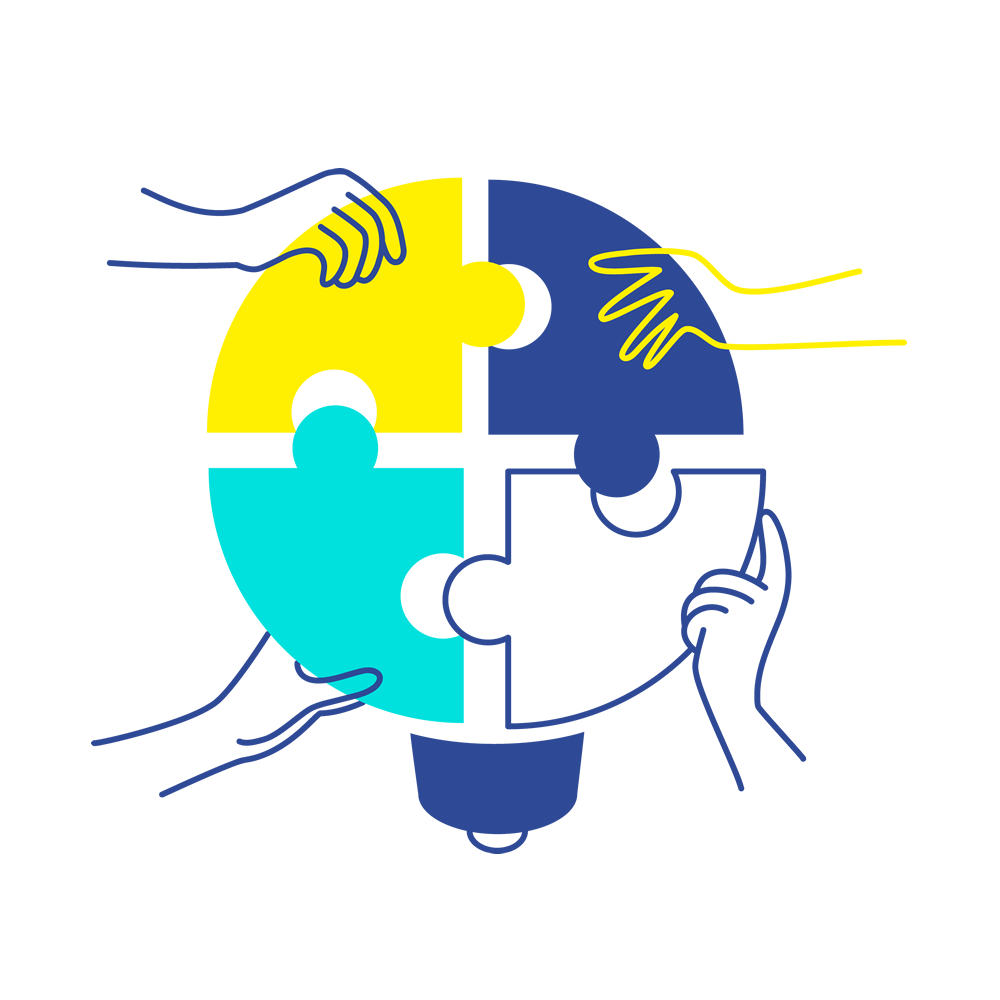At a glance
- Include people who will be affected by Youth Advisory Council action plans.
- Include young people with different lived experiences and points of view.
- Involve people who can provide resources to help the plan succeed.
- Look for other groups, such as community-based organizations, already working on the issues you want to address.

What are good questions?
Think about resources you need to support the planning process.
Consider the following questions:
- Which young people and adults would care about this plan?
- Whom might the plan affect?
- Who has the knowledge, skills, or resources to help your plan succeed?
- How can you include the young people and adults who may be affected by the plan?
- Who can help you create the action plan or provide necessary support for success?
- Who can bring important resources to the project?
Engage people who share your goal
Engage people who share your goal to address the issues in your action plan. Include young people with different lived experiences and points of view.
Why? Because different perspectives increase the chances that you will understand the problem, identify challenges and barriers involved, and develop helpful solutions. Also, involve people who can provide helpful resources. Such resources could be space, money, or equipment that could help you carry out your action plan.
Youth Advisory Councils are stronger with connections
To build leadership and teamwork skills, look for other groups that could assist. These might be community-based organizations already working on the issue you want to address. Find out what worked for them.
Think about how you can partner with these groups as you write your action plan. Include people who have access to other organizations, data, and information about your population and the issue you are addressing.
